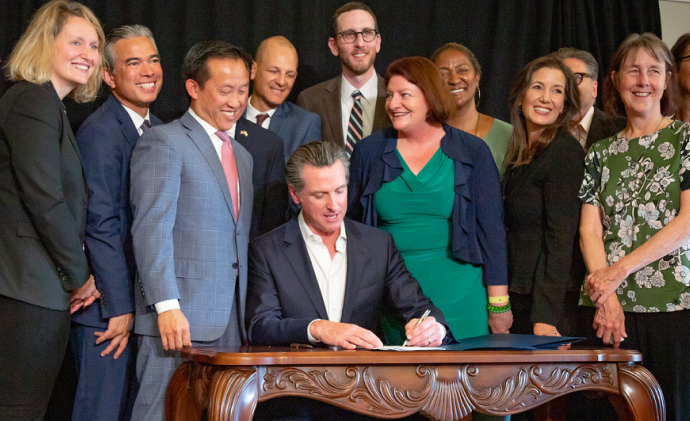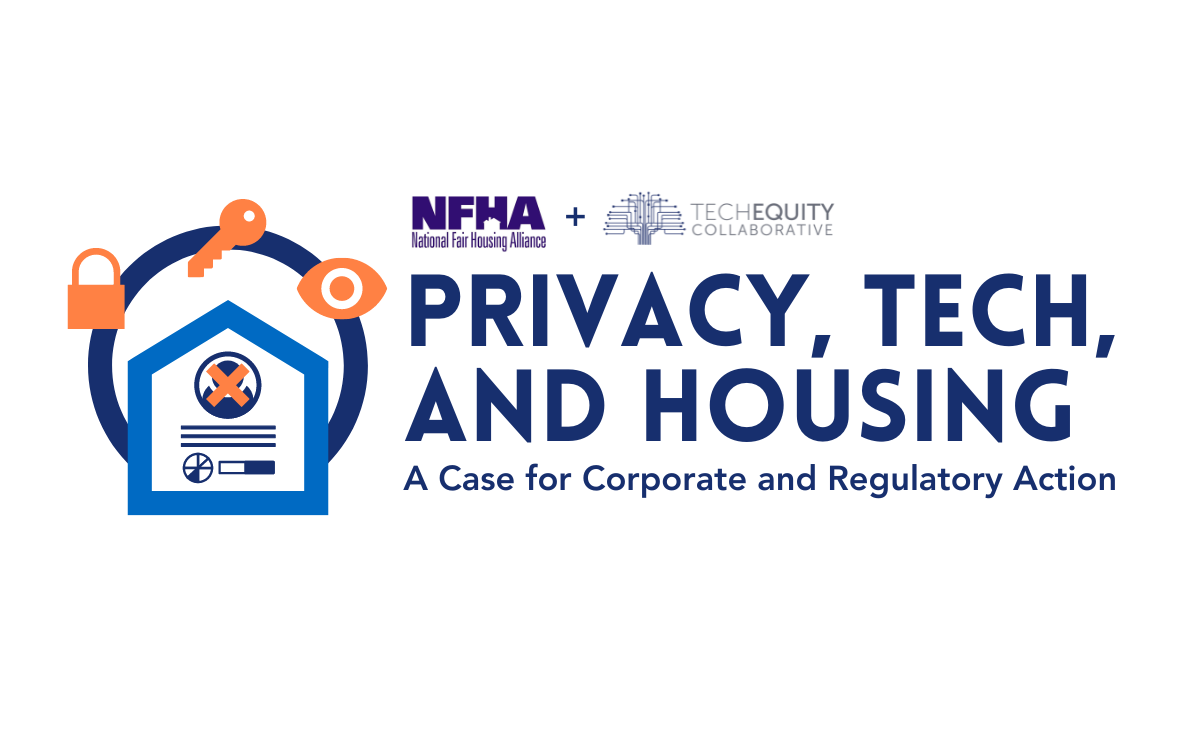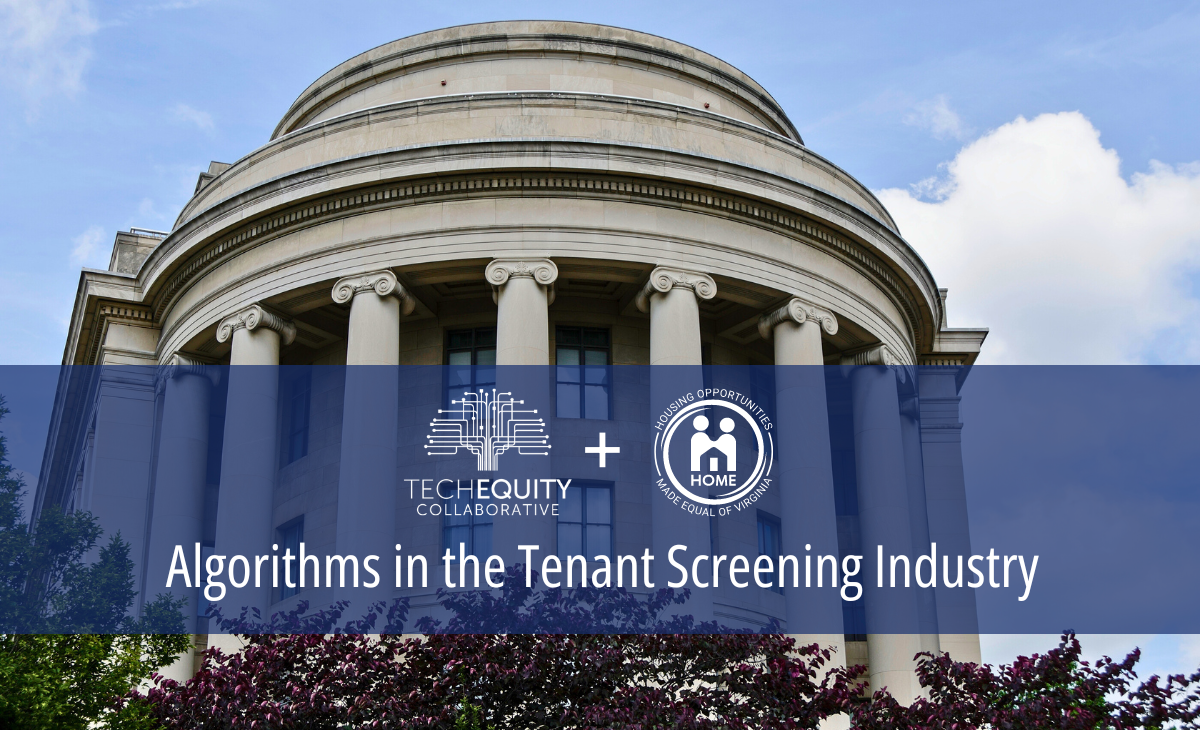We Made History

We won! With the passage of the Tenant Protection Act of 2019, California now has the most significant tenant protection laws in the country, covering more renters than any bill in American history. We are proud to have helped get this historic statewide legislation off the ground and signed into law.
Eighteen months ago, when I was sitting in a conference room mapping out the political dynamics of California’s housing crisis for a group of our members, I couldn’t have imagined this moment. As we talked about the challenges of how to enact meaningful renter protections without undermining the ability of developers to build new housing, I remember thinking very clearly that there had to be a better set of solutions.
How was it possible that the only options were the status quo, which was clearly not working, or repealing the state’s ban on rent control, which wouldn’t actually do anything on its own to create protections for renters?
That conversation led to us getting involved in a process spearheaded by the Terner Center for Housing Innovation at UC Berkeley. In that process, we worked on a set of alternative policies that would create some stability for renters in California — without discouraging new development or driving landlords out of the rental property market. The anti-gouging rent cap was one of those ideas, and it became the core of the Tenant Protection Act of 2019 which was signed into law by Governor Newsom on October 8th.
A quick reminder for those who haven’t been obsessively tracking this legislation like I have: the Tenant Protection Act of 2019 caps the amount that landlords can increase rent in one year to five percent plus the rate of inflation, not to exceed ten percent total. It exempts new construction, younger than 15 years old, and single-family homes owned by people (not corporations). It also requires that a landlord has a valid reason to evict a tenant, preventing landlords from throwing people out on the streets just so they can jack up the rent beyond what the cap allows.
A ten percent rent increase is still hard for many families to absorb, which is why many tenant advocates opposed the cap, but it has many benefits that don’t come with the strict rent control that they favor:
- It provides some semblance of stability for families and, at the very least, allows them to plan for the worst-case scenario. As a renter who experienced a twenty percent rent increase a few years ago, I know how stressful the lease renewal waiting game can be.
- It still allows landlords and developers to earn healthy profits and won’t discourage investors from funding new housing development projects. Most investors are banking on a three- to four percent return above inflation, and aren’t looking at returns more than 15–20 years into the future.
- It covers the entire state. Only a small number of California’s cities have local rent control ordinances, and those ordinances only cover around fifteen percent of the state’s renters. The vast majority of renters never have a hope of living in a rent-controlled unit which, because of Costa-Hawkins, will become more rare as time passes.
It was for these reasons that we decided to remain neutral on the Costa-Hawkins repeal ballot initiative that ran in 2018, which lost by a heavy margin. This wasn’t an entirely popular decision among some of our coalition partner organizations. However, we thought it was important that we started championing ideas that could bring different factions of the housing political ecosystem together, rather than continuing to make this a zero-sum choice between building more housing or protecting tenants. That kind of us-versus-them thinking wasn’t getting us anywhere.
When it became clear that there was enough energy in the tenant advocate community to advance the rent cap idea through the legislature, we jumped at the chance to co-sponsor it. I’m grateful to our other co-sponsors — PICO California, ACCE, The Western Center on Law and Poverty, Public Advocates, and PolicyLink — for taking us under their wing.
Despite being a brand-new organization, we were able to bring a new voice to the fight for tenant protections. Our tech worker members made dozens of calls to legislators, proving that tech workers will heed the call when asked to use their civic power for good. We also participated in lobbying visits with legislators, testified at hearings, organized press conferences, and got some parts of the business sector to throw support behind the bill.

We won. But what we won wasn’t just a new law. With the passage of this legislation, we also staked out new political ground and proved that when all facets of the pro-housing community work together — developers, tenant advocates, YIMBYs, affordable housers, the tech community — we can win the bold solutions that are going to get us out of this housing crisis.
I founded TechEquity because I knew that in order to move toward real solutions, we needed to repair the toxic civic dynamic that has developed between tech and the rest of the community. I knew that showing up was the first step, and I’m proud of what we’ve accomplished in sponsoring our first statewide bill. TechEquity’s members made a difference in the passage of AB 1482.
This is just the beginning We’re looking forward to next year’s legislative session where we plan help lead the fight for both the tenant protection and production sides of the equation. We’re doing this to make sure that California can be a place where everyone can afford to live and benefit from the wealth that our tech-driven economy is creating.
If you work in tech and are not yet a member, take a moment to join us. Your membership ensures TechEquity can continue to show up to represent your voice in the conversations that matter most in our community.





